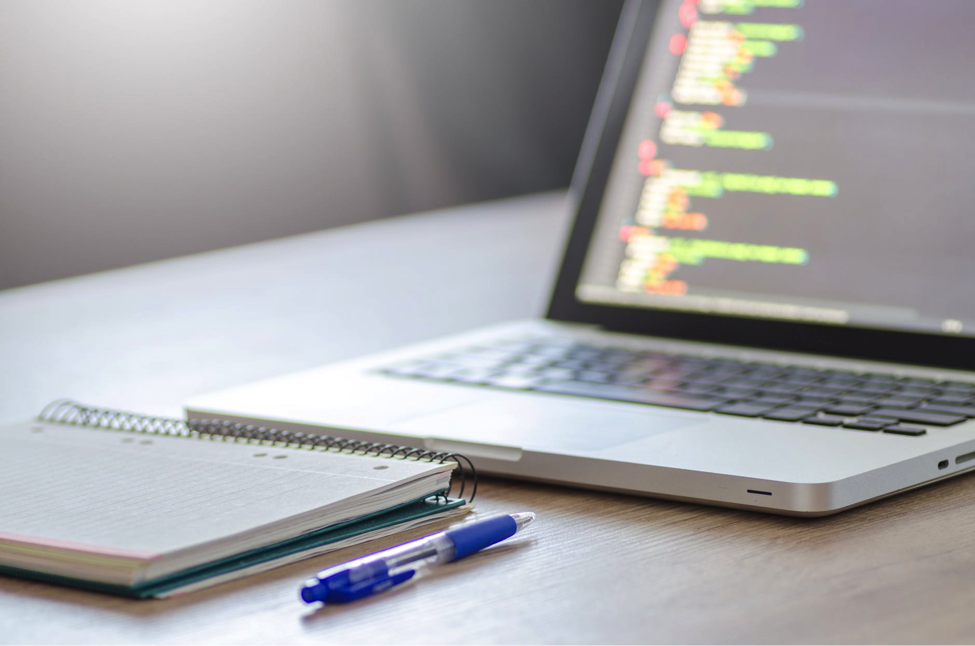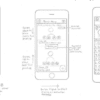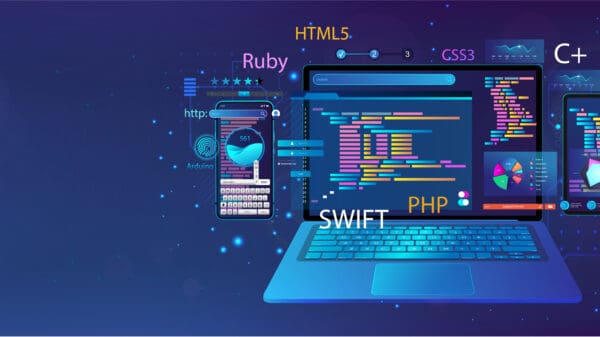Creating software is not for the faint of heart. There are so many people involved in the process that it can quickly become overwhelming. You’re bombarded from all sides, and each team is pitching their ideas of what’s best for the users. So you’re always in motion. Whether it’s through back and forth meetings, phone calls, or messages, this process will take up every ounce of your time!
Today, the biggest problem we see that contributes to this chaos, is lack of planning. Let’s take the age-old house analogy. When you build a house, you start small and gradually increase your efforts. First, you develop a blueprint, then you set the foundation, and finally, you begin building once everything seems to be according to plan.
Unfortunately, this usually isn’t the case for software. Companies stress their employees to the max and demand that they increase the speed of their output and motivate developers to create software as fast as they can. Although we advocate a lean methodology and rapid prototyping approach, a lot of people tend to confuse speed with quality.
There’s an old saying that goes: slow is smooth and smooth is fast.
All of these problems stem from leaders being disorganized and not being able to spot errors in the early stages. As a result, this can lead to entire teams feeling overworked and overstressed.
The most common solution to this problem is to prototype your software prior to the development process. This will help set the direction for the remainder of your project.
Here are five reasons why prototyping software is important:
1. It Allows Users to Test Your Design
In the early stages, everyone has their own unique opinion on what the user wants. It’s easy to make assumptions based on personal opinions. And while research does help, you’re only going to know if people like your product the moment they use it. Everything before that is just one big guess, and that’s precisely why you need to build a prototype.
As users interact with your software, they’re going to come upon challenges, ask questions, and some may not like the software you have built. This can be disheartening because, at this stage, all the previous work you did can have no impact once you add some human insight into the process. However, you shouldn’t look at this as a failure. Instead, you should consider it as valuable feedback. Creating a human-centric process means actually listening to the opinions of your users, and tailoring your product to match their needs. A great mockup will allow you to interact with a simulated version of your ideas, and all the feedback you received will streamline the process down the road.
2. You’ll Discover How Much it Will Really Cost to Build
Since creating software is a process, a lot of times you’ll have unpleasant surprises. One of the most common frustrations experienced by many is the unexpected costs that arise. There will be things that come up that you never thought you needed. You’ll be hit with problems that you assumed were taken care of. And once again, this usually stems from a teams inability to identify problems in the early stages of the development process.
When you build a high fidelity prototype, mostly, you’re building a simulation that looks like the final version of the product. Once users get a grasp of how it works and provide you with feedback, you’ll know what needs to be done to get the development part right this first time. You’ll uncover things the things they like, don’t like, don’t need, and features they’d like to have included instead. By taking the time to understand your customer’s needs and expectations, you won’t be hit by any surprises when it’s all said and done.
3. It’s Easier to Sell to Others
Sales are the most important aspect of a business. You need it to survive. If you can generate income, then you’re going to have a hard time keeping and growing your business. However, a lot of people have misconceptions on what selling really is.
The truth is that you’re selling every moment of every day. It doesn’t necessarily have to lead to economic upsides. It’s about persuading others to understand your point of view and influence them to take action. That’s why prototyping software is necessary.
When trying to get people to agree on a common goal, it’s tough if all you can do is talk. That’s because talking is easy and doesn’t provide any substantial value. While your message may be great, people prefer to see things that are tangible and backed up by claims.
When you develop a prototype and get people to use it, you know have data to work with. These insights allow you to easily pitch your team with any changes you’d like to make and once you understand what users want, selling them the solution is just as easy.
4. You’ll Quickly Solve Any Legal Issues
Intellectual property can be hard to grasp. Software, at its essence, stems from an idea. It is a collection of thoughts that when projected onto a computer, can carry out a specific function. Although there are laws that certainly protect this, at the end of the day, it’s not something tangible. You can’t touch and hold it.
The most common way to legally protect your software is to document how it works. By getting things down into writing how everything works, you should be able to protect yourself from any type of intellectual theft. That’s why we recommend creating a prototype.
Before creating your prototype, you’ll naturally go through this process. You’ll need to map out your workflows, procedures, and how everything is tied together. And to make things even simpler, a visual prototype can take your big idea and make it simple to understand.
As long as you have everything written down about how it works and what it looks like, it’s straightforward to seek legal counsel on the actions you need to take to protect your creation.
5. It Makes The Development Process Easier
It may seem that making a prototype is a lot of hard work. That’s because it is. It takes a lot of time and effort to get it to create a functional prototype. However, it’s a lot less time than developing something that you’ll need to rebuild later on.
Once you are clear of the basic requirements, let users interact with it, and adjust according to their feedback, the remainder of the development process will be easy. That’s because you’ve uncovered all of the problems, challenges, and objections you’ve received from users. Through a constant process of experimentation and adjustment, you’ll know what to build in a way that matches their needs and provides value to their lives.
By taking a couple of hours to plan things out in the early stages of your development process, you’ll set yourself up for a very smooth build afterwards.
Final Thoughts
The best way to create great software is to go through the prototype process. It can be easy to do things based on assumptions, opinions, and intuition. However, we now have tools that can take all the guesswork out of this.
If you have any ideas or problems, all you have to do is create a simple prototype that allows users to do all the work. Begin to allow their feedback to guide your decisions. Take what is in your mind and let them experience it firsthand.
Thanks for reading this article. If you're new here, why don't you subscribe for regular updates via RSS feed or via email. You can also subscribe by following @techsling on Twitter or becoming our fan on Facebook. Thanks for visiting!





















































































































































































